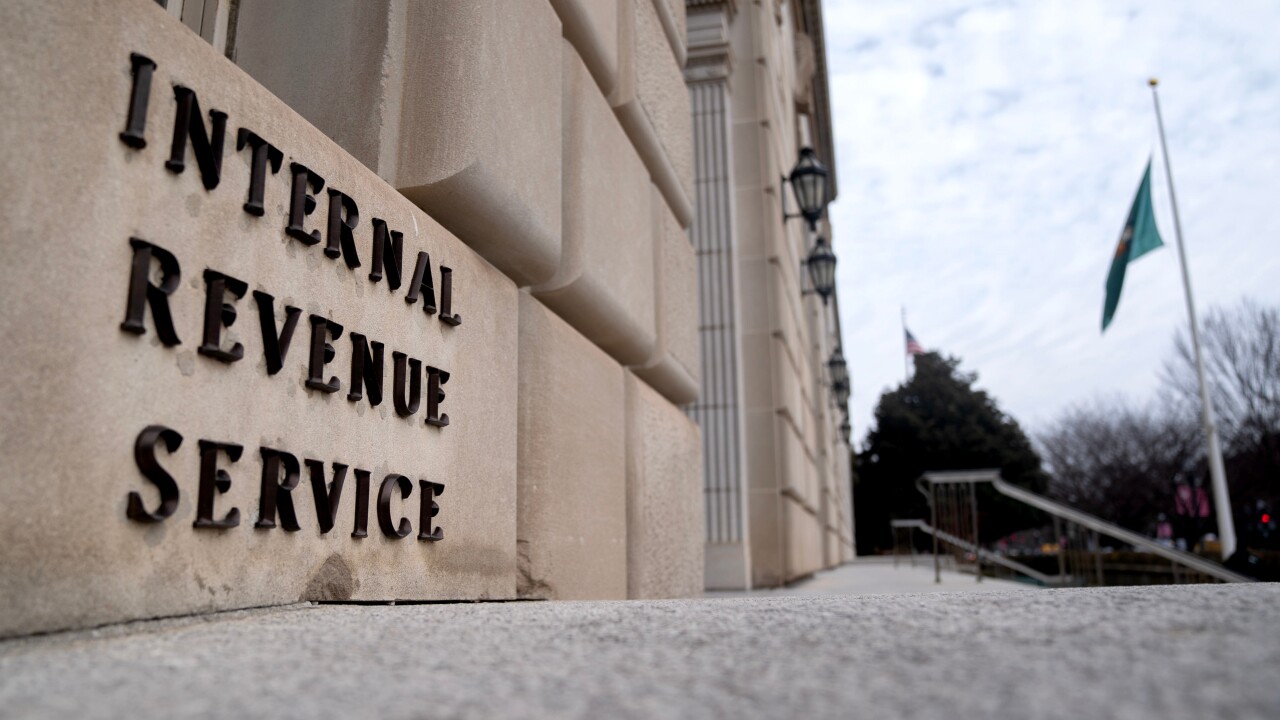The American Institute of CPAs sent a set of recommendations to the Internal Revenue Service on the application of excise taxes to donor-advised funds.
DAFs have become an increasingly prevalent way for philanthropists to give funds to charities, as an alternative to private foundations. Donors can claim tax deductions the following year, but recommend specific grants to organizations over time as frequently as they like. Grants from donor-advised funds account for more than 3 percent of all charitable giving in the U.S., according to the National Philanthropic Trust.
In a comment letter last week, the AICPA agreed with the Treasury on several points in a
The AICPA recommended that the IRS and Treasury propose regulations that state that a transfer of funds by a private foundation to a DAF is treated as a qualifying distribution only in specific circumstances. “We support the requirement of a specific time frame, as requested in section 6 of the Notice, to redistribute funds and recommend a five-year period if a disqualified person does not have advisory privileges over the DAF, which is also consistent with the general provisions of section 4942(g)(3),” said the AICPA. “We recommend treating a gift as a completed grant in the year of distribution if the DAF sponsoring organization receives a grant from a private foundation and the private foundation has less than 50 percent of the DAF advisory privileges.”
The Institute also recommended that a redistribution from the DAF should occur where the private foundation has less than 50 percent of the donor advisory privileges. The DAF sponsor should report to each donor on the redistribution of the DAF funds on a pro rata FIFO (first in, first out) basis. Failure to make a distribution after five years would be considered an out of corpus distribution subject to recapture or prior-period qualifying distribution.
The AICPA said that distributions to a DAF where the private foundation has greater than 50 percent of the advisory privileges should count as a qualifying distribution in the year the donation to the DAF is made. It also recommended subjecting the donation to a redistribution requirement by the close of the subsequent tax year. If the funds are redistributed by the close of the sponsoring DAF’s tax year-end, the funds should remain as qualifying distributions, the AICPA suggested. If not, they should be treated as failed qualifying distributions in the subsequent tax period and reported as failed out of corpus distributions.






